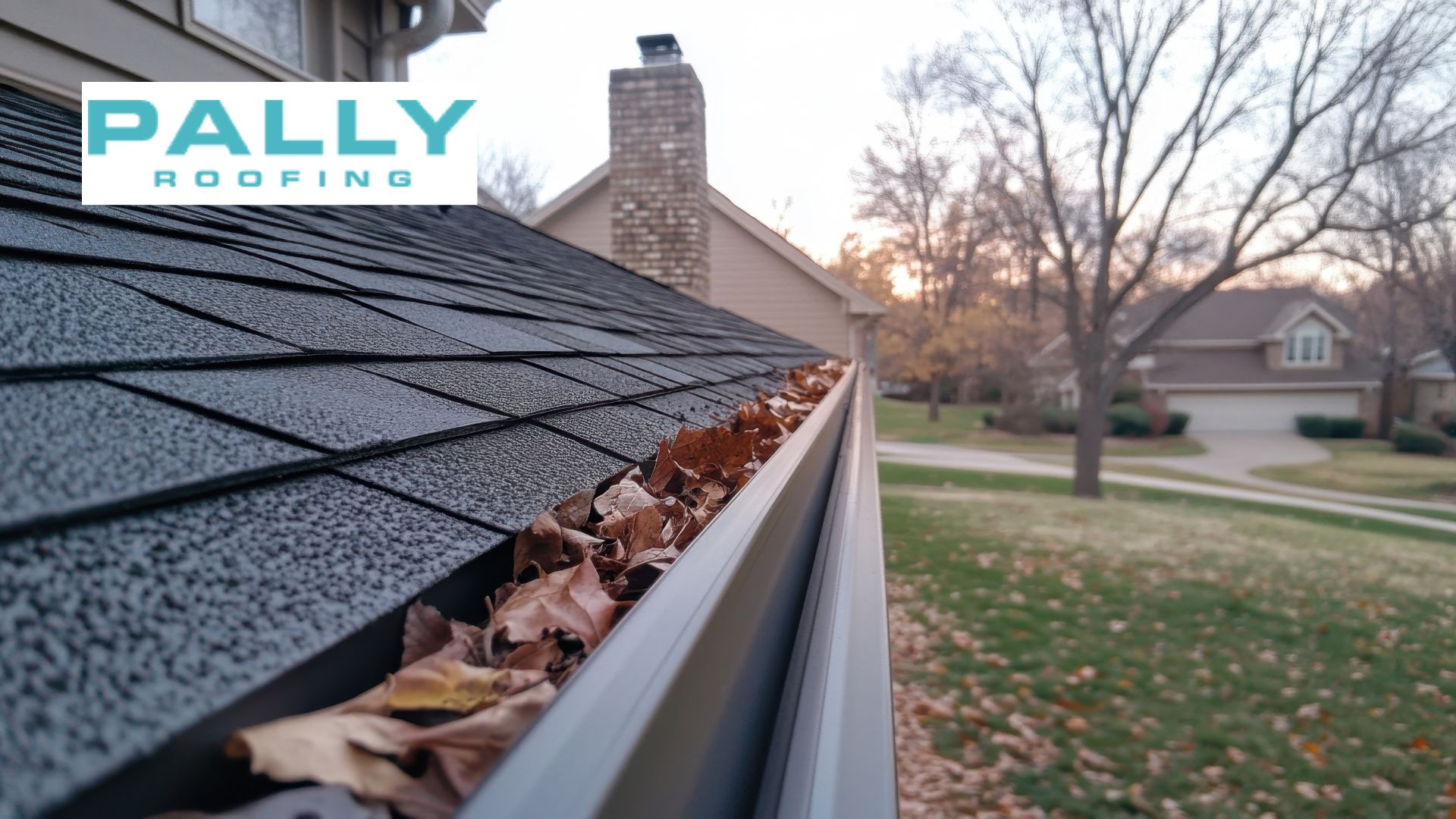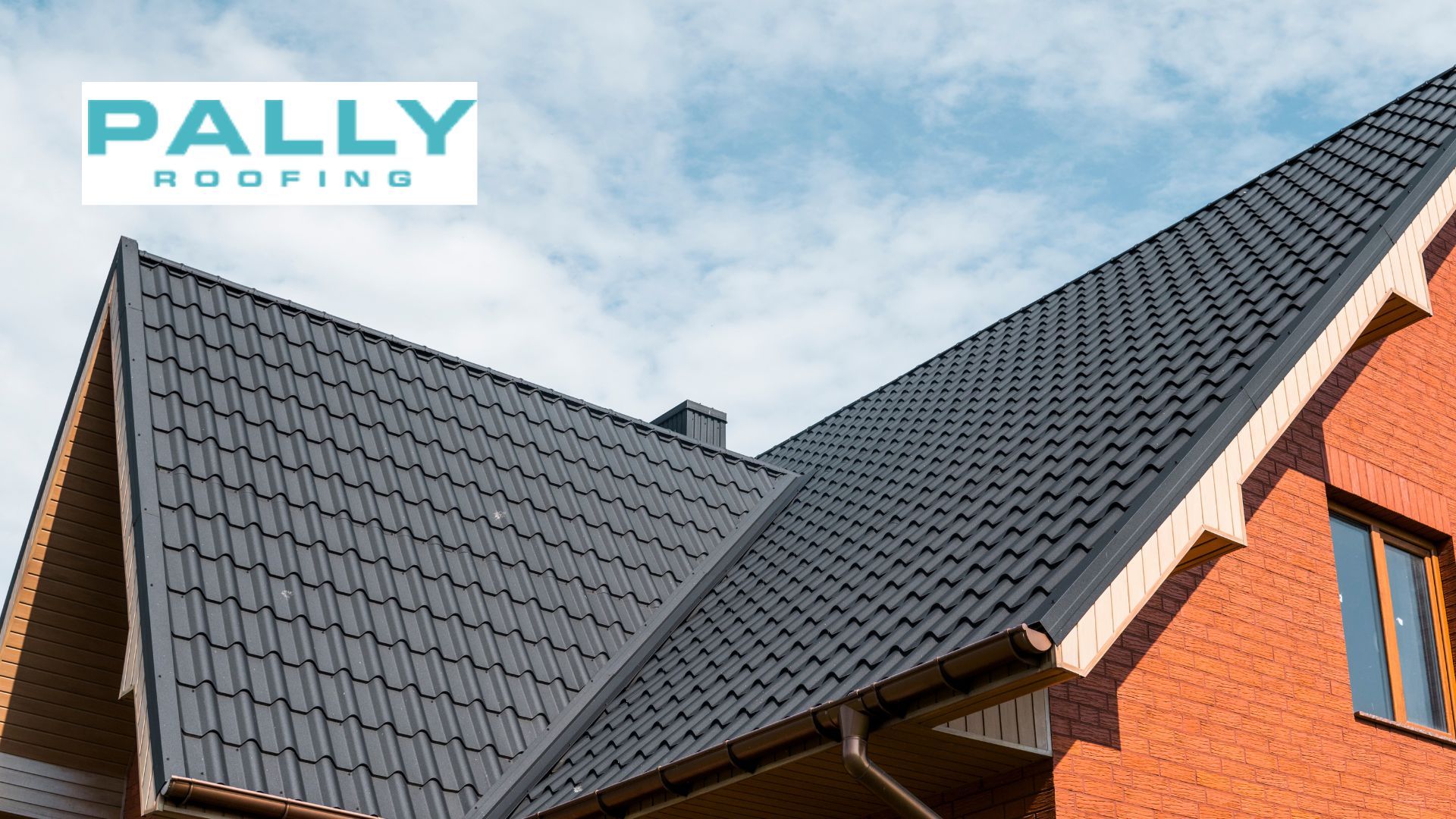Rubber roofing is fast becoming one of the most reliable, durable roofing solutions for residential and commercial purposes. Its unique advantages—weather resistance, energy efficiency, and durability—make it superior to traditional roofing materials. This detailed guide reveals the rubber roofing benefits and features, how to install them, and why they are a good investment in your property.
What Is A Rubber Roof Called?
A rubber roof is commonly referred to as an EPDM roof. EPDM stands for Ethylene Propylene Diene Monomer, a type of rubber used in roofing materials. It is popular for flat roofs due to its durability, weather resistance, and longevity, typically 20–30 years when properly maintained.
Table of Contents
Advantages of Rubber Roofing
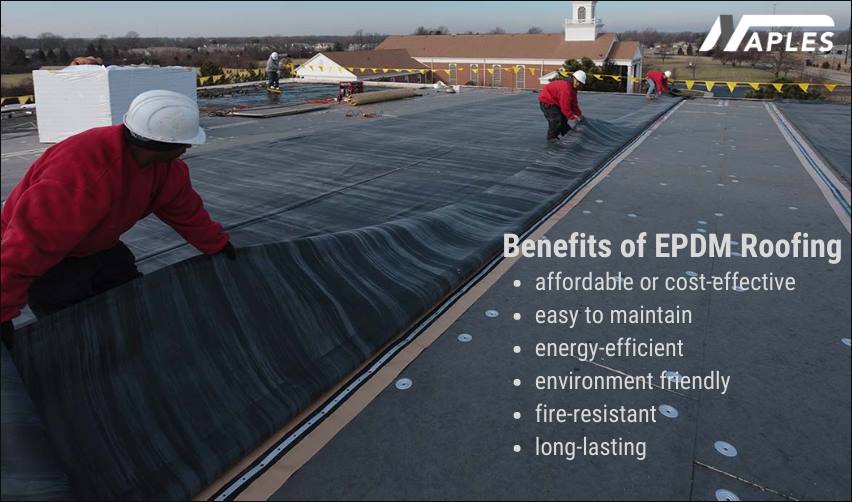
Source: naples-roofing
Rubber roofing is popular among homeowners and commercial property owners for its many benefits. Here is an overview of the main benefits of rubber roofing:
1. Durability
Rubber roofing, particularly EPDM roof material, is built to last 30–50 years and requires proper maintenance. This figure is sourced by youngconstructionnorthiowa. Its superior durability makes it perfect for residential and commercial rubber roof applications. Key features include:
- Heavy rain, strong winds, and UV protection.
- Protection against cracks and thermal shock.
2. Weather Resistance
Rubber membrane flat roof systems excel in various weather conditions, offering unparalleled results in windproof and rainproof roofing protection. They are among the most reliable weather-resistant roofing materials available.
3. Energy Efficiency
Energy-efficient roofing is a major attraction for homeowners and entrepreneurs. Rubber roofs provide natural insulation, helping to maintain room temperature. The benefits include:
- HVAC costs are reduced in the summer and winter.
- One of the main advantages of traditional roofs is energy storage.
4. Eco-Friendly
Most rubber roof supplies are recyclable, reducing the environmental footprint. For example, roof shingles made from recycled tires create a sustainable alternative. EPDM rubber and rubberized roof membranes are also recyclable, reducing environmental impact.
5. Low Maintenance
Rubber roof systems require minimal maintenance compared to traditional roofing. Periodic cleanings and inspections are usually sufficient to maintain long-lasting roofing solutions.
6. Beauty-Pleasing
Rubber roof colors are no longer exclusively black. Contemporary options allow homeowners to choose colors that suit their architectural style, including popular designs like black flat roof finishes and customized coatings.
Types of Rubber Roofing
Rubber roofing is a reliable and versatile material for residential and commercial buildings. There are a variety of options available, each with specific benefits. Here is a breakdown of the basic rubber roofing products:
1. EPDM Rubber Roof Membrane
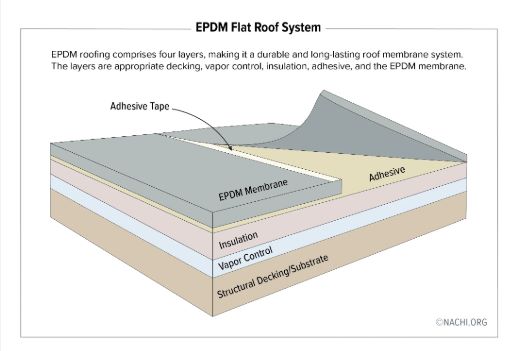
Source: roofsimple
Description: EPDM is a single-layer rubber compound primarily used for flat roofing—a highly durable and flexible option for rubber roofing for flat roofs.
Benefits:
- Longevity: With proper maintenance, it can last 30 to 50 years.
- Weather Resistance: Provides strong protection against ultraviolet rays, ozone, and extreme weather conditions.It generally contains flat EPDM roofing details for residential and commercial buildings.
- Low Maintenance: It requires minimal maintenance and is easy to repair.
- Installation: EPDM is available in larger sheets and can be applied with adhesives or mechanical fasteners, making it suitable for various substrates. It is also known for its particular use in RV roof EPDM systems.
2. Rubberized Roof Membrane

Source: cornishroofing
- It combines flexibility with strength, providing exceptional corrosion resistance.
- Widely used in rubber roof liner designs for flat roofs.
3. Modified Bitumen

Source: maspethroofing
- A cost-effective method that combines soft rubber with asphalt properties.
- It is ideal for flat or low-slope roofs requiring durable, weather-resistant roofing materials.
4. Rubber shingles
Description: Rubber shingles mimic traditional roofing materials, such as slate or cedar shake, and provide the benefits of rubber.
Benefits:
- Longevity: Available in various styles and colors, it adds to the room’s beauty.
- Durability: Resistant to harsh weather conditions such as strong winds and hail.
- Lightweight & Recyclable: Easier to handle and more environmentally friendly than traditional shingles.
- Installation: They are installed like traditional shingles, usually nailed to a roof post.
Choosing the right rubber roofing material depends on the climate, building structure, and personal preference. EPDM is great for longevity and low maintenance, TPO for energy efficiency, PVC for chemical resistance, and rubber shingles for aesthetic appeal. Each style offers unique benefits, making choosing which suits your specific needs important.
Installation Process
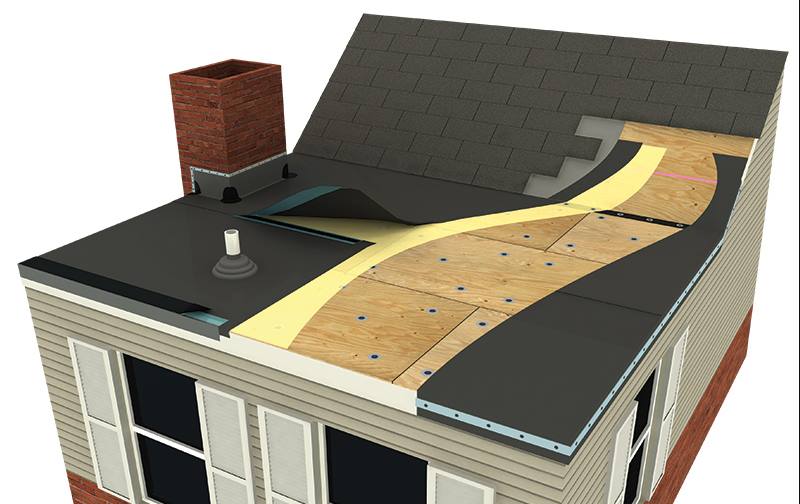
Source: maspethroofing
There are several key steps in installing a rubber roof, especially EPDM (Ethylene Propylene Diene Monomer), to ensure a durable and weatherproof roof—details of how the installations around the room are based on the survey results:
1. Consultation and Inspection
A professional contractor assesses the property to recommend the best rubber roofing installation in the USA. Key considerations include:
- Properties (residential or commercial).
- Specific material needs include a flat roof rubber membrane or Dicor EPDM roof membrane.
2. Customized Roofing Plans
Customized plans can include:
- The choice of material, like rubber roof covering for residential properties or a roof bladder for additional waterproofing.
- Solutions for modern designs include roofing a flat roof with energy-efficient materials.
3. Professional Installation
Expert contractors ensure proper installation of all rubber roof parts, reducing common issues and improving sustainability. Staff supervision also helps with the cost-effective operation of rubber roof installation.
4. Maintenance Support
High-quality equipment is used in routine maintenance after installation of rubber roof supplies, ensuring that the roof remains in excellent condition for decades.
Why Choose Rubber Roofing?
Benefits of Rubber Roofing for Homes in the USA
- Energy-efficient rubber roofing options save on heating and cooling costs.
- Affordable rubber roofing installation services near me ensure affordable rates.
- Reliable weather-resistant roofing materials protect homes from severe conditions.
- Provides long-lasting roofing solutions for peace of mind.
Why Choose Rubber Roofing Over Traditional Roofing Materials?
- Rubber roofing is eco-friendly and made from recycled materials like roof shingles made from recycled tires.
- It provides excellent durability and is more energy efficient than asphalt or tile roofs.
- It requires little maintenance throughout its life, making it a cost-effective solution.
Trusted Rubber Roofing Experts with 15+ Years of Experience
With over 15 years of expertise, Pally Roofing Services provides professional rubber roofing installation in the USA, ensuring a high-quality outcome that meets the needs of each client.
Conclusion
Rubber roofing is a durable, energy-efficient, and permanent material for homes and businesses. Its low maintenance, weather resistance, and flexibility make it superior to traditional materials.
Contact Us Today!
Are you looking for a trusted expert in rubber roofing installation in the USA? Contact Pally Roofing Services for durable, energy-efficient, and cost-effective solutions. Whether you need a residential rubber roof, a flat roof rubber membrane, or a commercial rubber roof, we deliver excellence with every project. Get your consultation today!
Frequently Asked Questions
What Is Rubber Roofing Made Of?
Rubber roofing is typically made of synthetic materials like EPDM.
How Long Do Rubber Roofs Last?
Rubber roofs can last up to 50 years with proper maintenance.
Can Rubber Roofing Be Repaired?
Yes, rubber roofing can be repaired using patch kits.
Is Rubber Roofing Eco-Friendly?
Yes, rubber roofing is considered eco-friendly because it is recyclable.
How Do You Clean A Rubber Roof?
Use a mild detergent and water to clean a rubber roof.
Author
-

With more than 16 years of hands-on experience, Phillip Schmucker is the knowledgeable owner of Pally Roofing. His dedication to superior roofing services has earned him a reputable place in the industry. Phillip also shares his extensive expertise through writing, providing readers with practical tips and professional advice on various roofing topics. Follow him on LinkedIn.
View all posts


